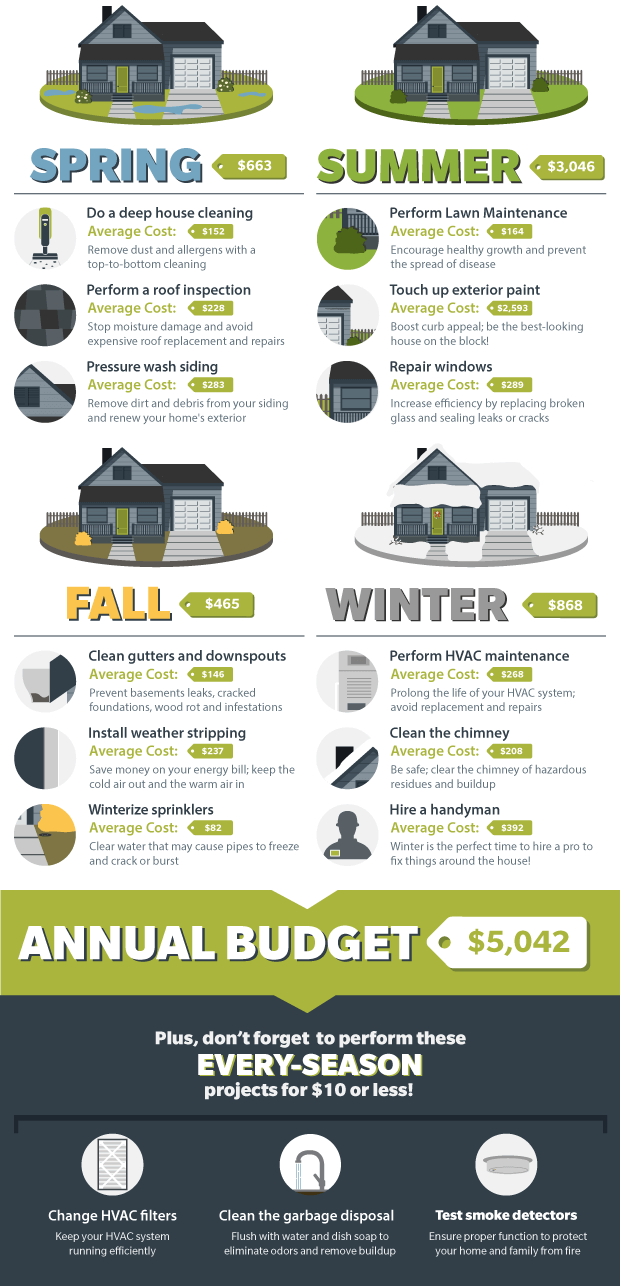Spotting Roofing System Damages Early To Prevent Considerable Issues
Spotting Roofing System Damages Early To Prevent Considerable Issues
Blog Article
Web Content By-McKay Ottosen
To safeguard your home from prospective expensive fixings, recognizing roofing system damage early is crucial. By watching out for subtle signs like missing out on roof shingles or water stains, you can capture issues prior to they get worse. Yet what about those commonly overlooked areas that could hint at hidden issues prowling over you? Stay tuned to discover vital suggestions for detecting roof damage before it intensifies into a significant migraine.
Early Indication
Spotting roof damage early can conserve you money and time. One key very early indication to look out for is missing or damaged tiles. If you discover any kind of roof shingles that are fractured, curling, or totally missing out on, it's important to deal with the concern promptly. These damaged tiles can leave your roofing susceptible to leakages and further damage.
An additional sign to search for is water spots on your ceiling or wall surfaces. These stains can show a leak in your roofing system that requires prompt interest. Ignoring these water stains can result in a lot more substantial and costly repair services down the line.
In addition, be on the lookout for any kind of indications of sagging or sagging locations on your roofing system, as this can show structural damages that requires to be dealt with quickly.
Outside Inspection Tips
On a regular basis checking the exterior of your roof covering is crucial for keeping its stability and recognizing potential damages early. Beginning by checking out the roof shingles-- seek any missing out on, fractured, or curling roof shingles, as these can be indicators of roof covering damages.
Check the rain gutters for granules from the shingles, as extreme granule loss may signify aging or weathering. Take note of the blinking around vents, chimneys, and skylights, guaranteeing they're snugly sealed and free of cracks.
Search for indicators of moss, algae, or mold growth, as these can bring about roofing damage otherwise attended to quickly. Additionally, evaluate the fascia and soffits for any kind of water stains or rot, which could signify water damage.
Finally, examine find more information of your roof from the ground, seeking any drooping locations or obvious dips. By conducting these outside evaluations frequently, you can capture roofing system damage early and avoid it from becoming a significant problem.
Inside Red Flags
When examining your roofing for possible damages, don't overlook the relevance of checking the inside of your home. Interior warnings can usually be early signs of roofing problems that need focus.
Start by examining your ceilings for any water spots or discoloration, as these could signify a leak in the roofing system. An additional vital location to check is the attic, where signs of water damage, mold, or mold may indicate a roof issue.
Pay attention to any type of moldy smells or a recognizable boost in humidity levels, as these can also be indications of water invasion from a harmed roofing system. Furthermore, drooping locations in the ceiling or walls must be taken seriously, as they could be a result of water damages weakening the structure.
If roofer san antonio see any one of these interior warnings, it's crucial to have a professional roofing contractor evaluate the situation without delay to stop further damage and expensive fixings.
Conclusion
By remaining cautious and routinely looking for early warning signs of roof damage, you can protect against small issues from developing into major issues. Keep an eye out for missing out on or harmed roof shingles, water spots on ceilings or wall surfaces, and any type of sagging or drooping locations on the roofing. By dealing with these issues quickly, you can save on your own from pricey repair services and guarantee your roof covering stays in good condition for many years to come. Stay aggressive and shield your home from prospective damage.
